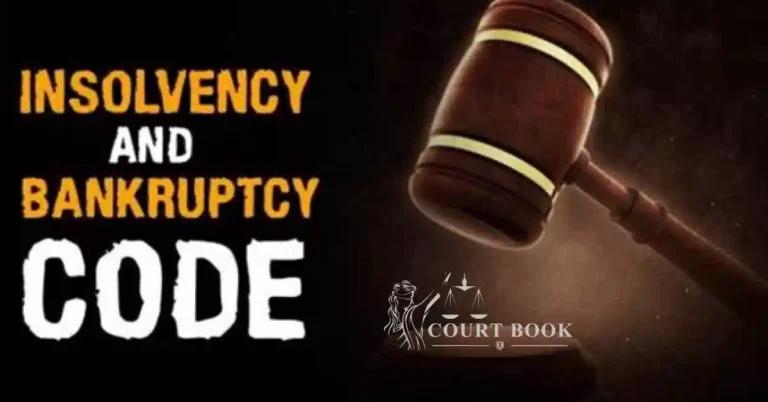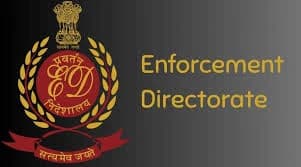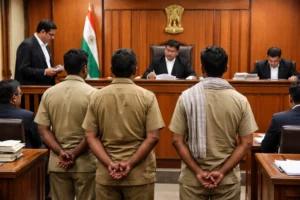In a landmark judgment, the Supreme Court of India in Piramal Capital and Housing Finance Ltd. v. 63 Moons Technologies Ltd. has shed light on a significant legal distinction under the Insolvency and Bankruptcy Code, 2016 (IBC). The Court clarified how the Code separately addresses avoidance transactions and fraudulent or wrongful trading, both of which play crucial roles in insolvency proceedings.
"Both avoidance and fraudulent trading applications operate in different contexts under the IBC, and the powers of the Adjudicating Authority differ accordingly," the Court stated.
Under the IBC, avoidance transactions are specific dealings made by a company before insolvency that harm the interests of creditors. These are typically tackled by the resolution professional (RP) as part of their duty to protect the corporate debtor’s assets.
In contrast, fraudulent or wrongful trading involves deliberate misconduct or business activities carried out to defraud creditors. These transactions require a deeper investigation into the intent behind the business decisions made during the insolvency resolution or liquidation process.
Read Also:- Supreme Court: Lack of Public Jobs Still a Major Issue Even After 75+ Years of Independence
Avoidance Transactions – Chapter III of the IBC
The Supreme Court highlighted that avoidance transactions fall under Chapter III of the IBC and are governed by Section 25(j). The resolution professional is authorized to file applications to avoid such transactions, and this process does not hinder the ongoing insolvency proceedings, as per Section 26.
The IBC outlines the following as avoidance transactions:
1. Preferential Transactions (Section 43)
These occur when a corporate debtor provides undue advantage to a creditor or guarantor before insolvency begins. If this act places them in a better position than others during asset distribution, it qualifies as a preference.
2. Undervalued Transactions (Section 45)
If a company transfers assets for significantly less than their actual value or offers gifts that harm creditors, it may be considered undervalued. Such transactions, unless made in the normal course of business, can be declared void.
Section 48 allows authorities to restore the assets to the debtor, cancel security interests, or demand repayment of benefits received from such transactions.
3. Extortionate Credit Transactions (Section 50)
These involve transactions where the debtor borrowed money under excessively unfair terms, usually just before insolvency. The RP can challenge these if they occurred within two years of the insolvency date.
Under Section 51, the adjudicating authority can take action such as setting aside the terms or requiring refunds.
"The adjudicating authority is empowered to examine the nature of these transactions, identify the assets and parties involved, and issue suitable orders under Sections 44, 48, 49, and 51," the Court observed.
Fraudulent or Wrongful Trading – Chapter VI of the IBC
Unlike avoidance transactions, fraudulent and wrongful trading fall under Section 66 of Chapter VI. These are not about specific deals but about how the business was run—with intent to cheat creditors or for a fraudulent purpose.
Under Section 66(1), the RP can request the adjudicating authority to hold individuals personally responsible if they knowingly continued fraudulent business activities during insolvency.
"The law intentionally excludes these actions from the RP's duties under Section 25," the Court noted, "because such matters require deeper inquiry into intentions, not just transactions."
Read Also:- SC Orders CEC to Investigate Encroachments and Forest Law Breaches in Agasthyamalai Ecosystem
The Court stressed that:
- The adjudicating authority cannot reverse or nullify these transactions.
- It can only direct persons involved to contribute financially to the debtor’s assets.
"Whether business was conducted to defraud creditors is a matter requiring investigation," the bench explained. "Only those knowingly involved can be held liable."
In some cases, resolution professionals may file a combined application covering both avoidance and fraudulent transactions. The Supreme Court clarified that the adjudicating authority must carefully examine the facts and apply the correct provisions to each part of the case.
"There is a clear demarcation of powers," the Court emphasized. "Each application must be addressed under its relevant section—Sections 43, 45, 50 for avoidance, and Section 66 for fraudulent trading."
DHFL Case: Rs. 45,000 Crore Avoidance Transactions Under Scrutiny
In the current case, the Court approved the resolution plan of Piramal Capital & Housing Finance Ltd. for the troubled Dewan Housing Finance Corporation Ltd. (DHFL).
A major issue arose regarding recoveries from avoidance transactions worth ₹45,000 crore. The plan, approved by the Committee of Creditors (CoC) in 2021, assigned a nominal value of just ₹1 to these transactions.
While the Court upheld the resolution plan, it directed the National Company Law Tribunal (NCLT) to reconsider the allocation of the proceeds from these transactions afresh.
"Funds recovered from fraudulent transactions will go to Piramal Capital & Housing Finance," the Court held.
bench: Justice Bela Trivedi and Justice SC Sharma
Case details : PIRAMAL CAPITAL AND HOUSING FINANCE LIMITED (FORMERLY KNOWN AS DEWAN HOUSING FINANCE CORPORATION LIMITED) v. 63 MOONS TECHNOLOGIES LIMITED & OTHERS | CIVIL APPEAL NOS. 1632-1634 OF 2022














